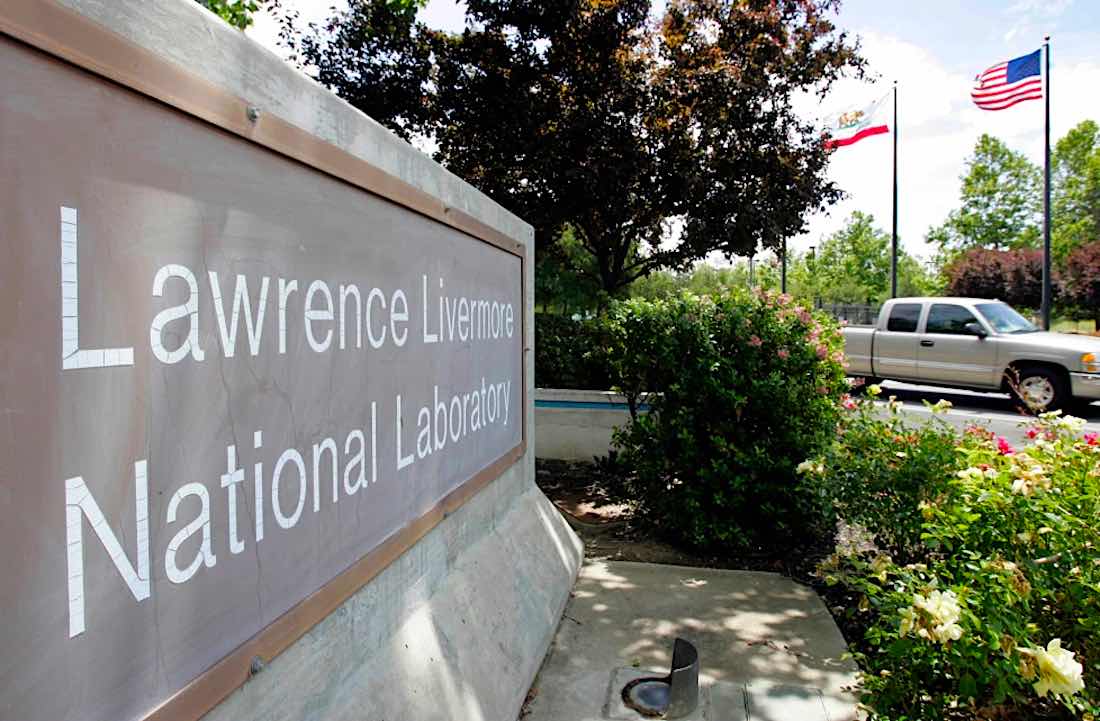ImpactAlpha, Dec. 13 – Net energy is the starting line. The race for commercial fusion energy is on.
Creating a net energy gain in a fusion reaction has (finally) been achieved, at the Lawrence Livermore National Laboratory near San Francisco. The fusion reaction, created by high-powered lasers, produced about 2.5 megajoules of energy compared to the 2.1 megajoules used to power the lasers, the Financial Times first reported.
The breakthrough, 70-plus years in the making, came at a research lab of the U.S. Department of Energy. Nipping at the heels of the government-funded prototypes are a crop of VC-backed, generously funded startups that are racing to make fusion feasible, not just technologically, but commercially.
“These exciting results are the culmination of years of work demonstrating that fusion science is worth the investment,” Bob Mumgaard of Commonwealth Fusion Systems, a spinout from M.I.T., told ImpactAlpha. Commonwealth raised a staggering $1.8 billion last year from investors including Bill Gates, Marc Benioff’s TIME Ventures, Emerson Collective, Footprint Coalition and Google. Commonwealth expects to begin generating commercial power by early next decade.
The latest breakthrough “is an important validator for Commonwealth Fusion and the fusion industry on the path towards commercial fusion energy,” Mumgaard said.
Commonwealth Fusion is one of several contenders using high temperature superconducting magnets to produce fusion power. The Lawrence Livermore breakthrough was accomplished through a different process called inertial confinement fusion, where a tiny solid pellet of fuel is compressed to tremendous density and temperature by high-powered lasers to produce fusion in the few nanoseconds before the pellet blows apart.
Race is on
Fusion energy has long been considered the holy grail of clean energy — a scalable, zero-carbon source of power with none of the drawbacks of other energy sources. Creating a positive energy gain from fusion would be transformational for the clean energy transition.
The race to commercialize the technology recalls the 1990s competition between government researchers and Celera Genomics, the private company backed by Craig Venter, to be the first to (largely) map the human genome; the two teams essentially tied in 2001.
The government-funded scientists appear to have won the fusion race. Fusion is a priority in federal research funding under the Inflation Reduction Act, for its use of abundant fuels with little to no radioactive waste.
But private companies will take fusion to scale. Fusion startups have raised nearly $5 billion in recent years to build demonstration plants and prove their technology. Fusion requires less land than renewable energy and could be sited near population centers.
“It’s no longer a matter of if this will happen,” Chris Sacca of Lowercarbon Capital said in October, projecting a Q>1, or net energy, breakthrough. “It’s about when, and when is sooner than you think.”
“This milestone, when achieved and published, will dramatically accelerate flows of talent, capital, and attention into the industry,” Sacca wrote in launching his $250 million Q>1 fusion fund this fall. “Fusion companies will be among the most valuable enterprises in history.”
Fusion contenders include TAE Technologies, which earlier this year claimed it was able to sustain plasma at temperatures of 75 million degrees Celsius for its fusion reactor. TAE raised $250 million to build a fusion reactor in Irvine, Calif., using a “field-reversed configuration.”
Redmond, Wash.-based Helion Energy, which raised $500 million last November, said its Polaris “pulsed magnetic fusion” prototype could demonstrate positive net-electricity production in 2024.
General Fusion, based in Vancouver, claims its magnetized target fusion technology offers the fastest and most practical path to commercial fusion energy. Similar to the Lawrence Livermore lab, Osaka-based EX-Fusion out in Japan is looking to generate net energy gain from fusion reaction using high-powered lasers.
“I hope this is true and I super applaud it,” Sam Altman, CEO of OpenAI and a longtime fusion booster tweeted about the net energy breakthrough. “But what will matter for fusion is cost per kilowatt-hour, ability to manufacture capacity at planetary scale and reliability.”











